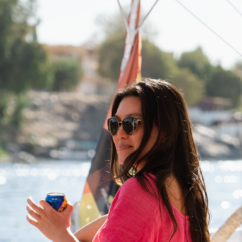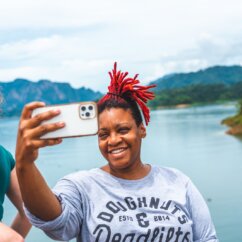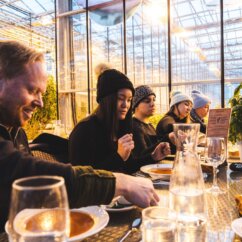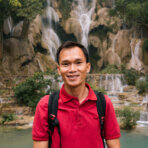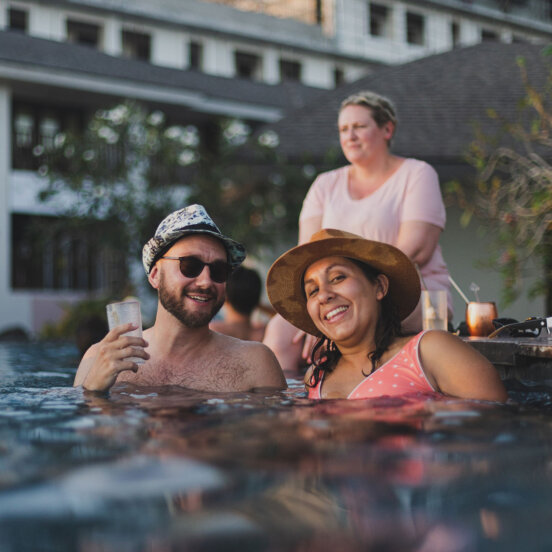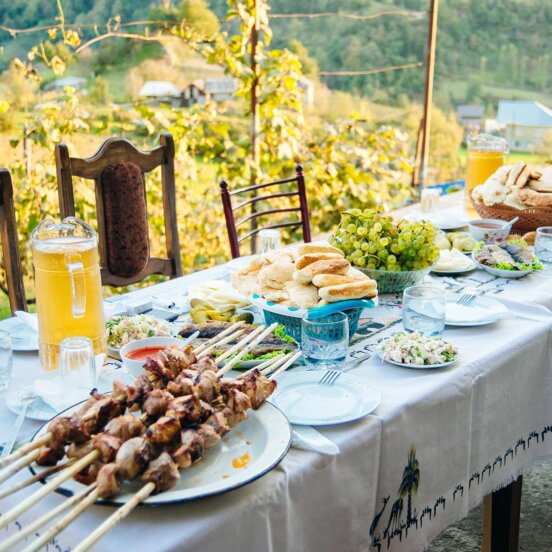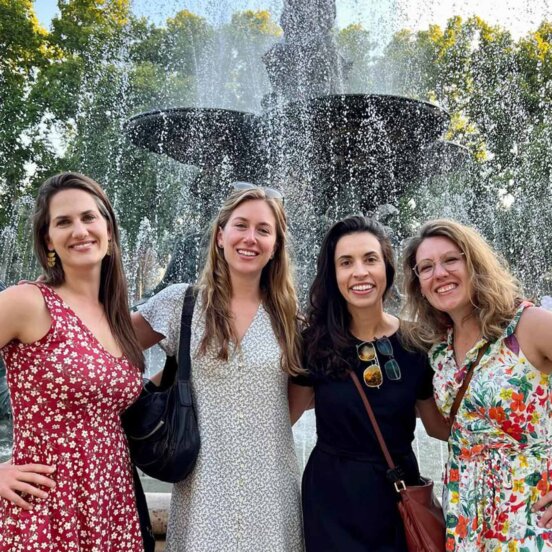From monk to master guide: Meet Choy – our peaceful Pack Leader in Laos
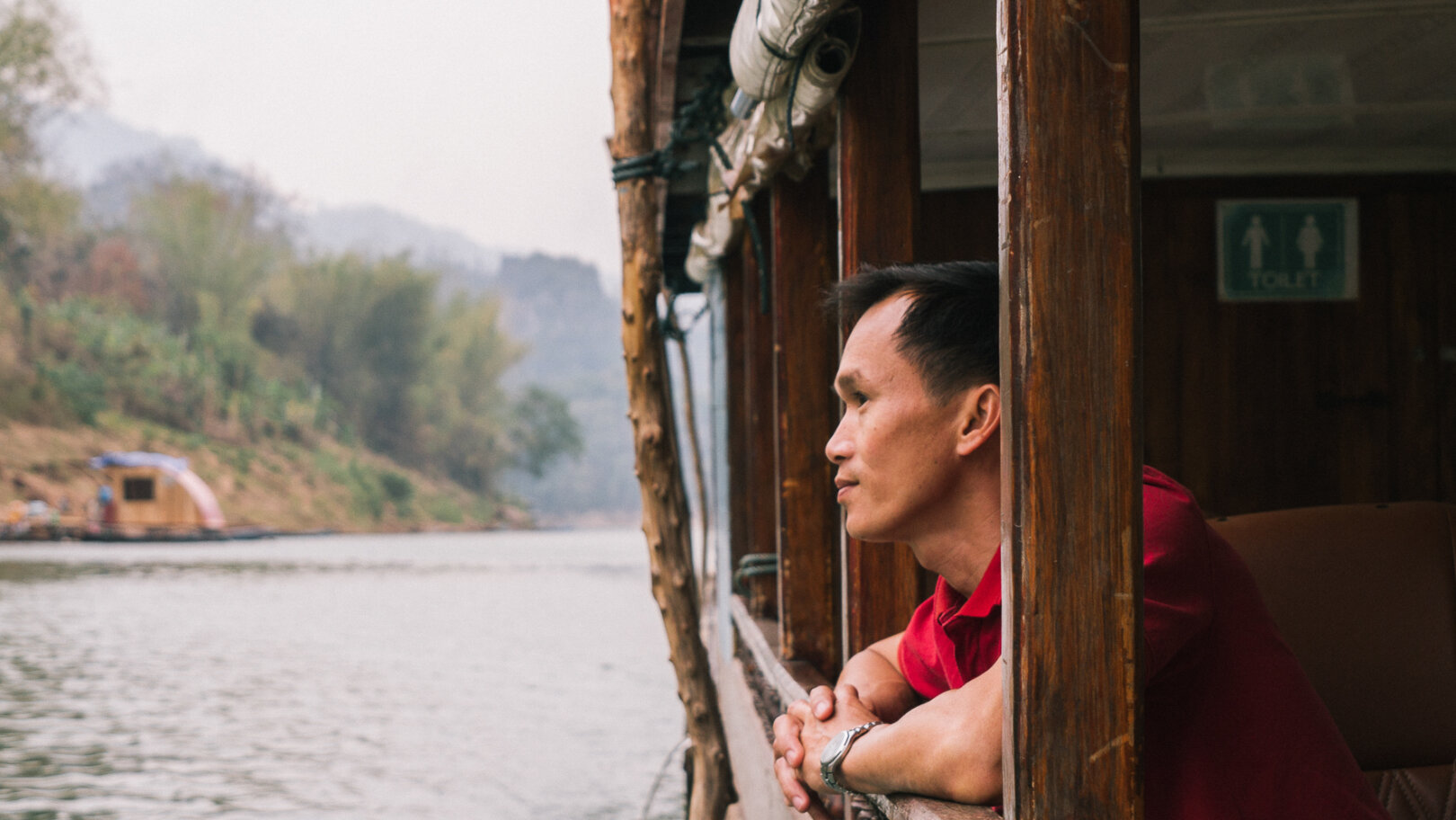
I’ve been working as a tour guide for nine years. Before that I studied as an accountant, and before that, I lived in a monastery in Luang Prabang, the former royal capital of Laos.
It’s traditional for boys in Laos to spend time in a Buddhist monastery during their teenage years, although often for a matter of months rather than years. I grew up in a small village and when my friend and I first went to stay in a monastery, aged 12, we had to travel by boat for three hours to get there.
I was very excited to be in Luang Prabang because it was my first taste of city life. But it was also quite a lonely experience training as a monk. I didn’t see my family for almost a year and, at the beginning, I was homesick. Plus, we had to get up at 4am every morning to do chanting and meditation, and it was routine in the monastery to eat just twice a day.
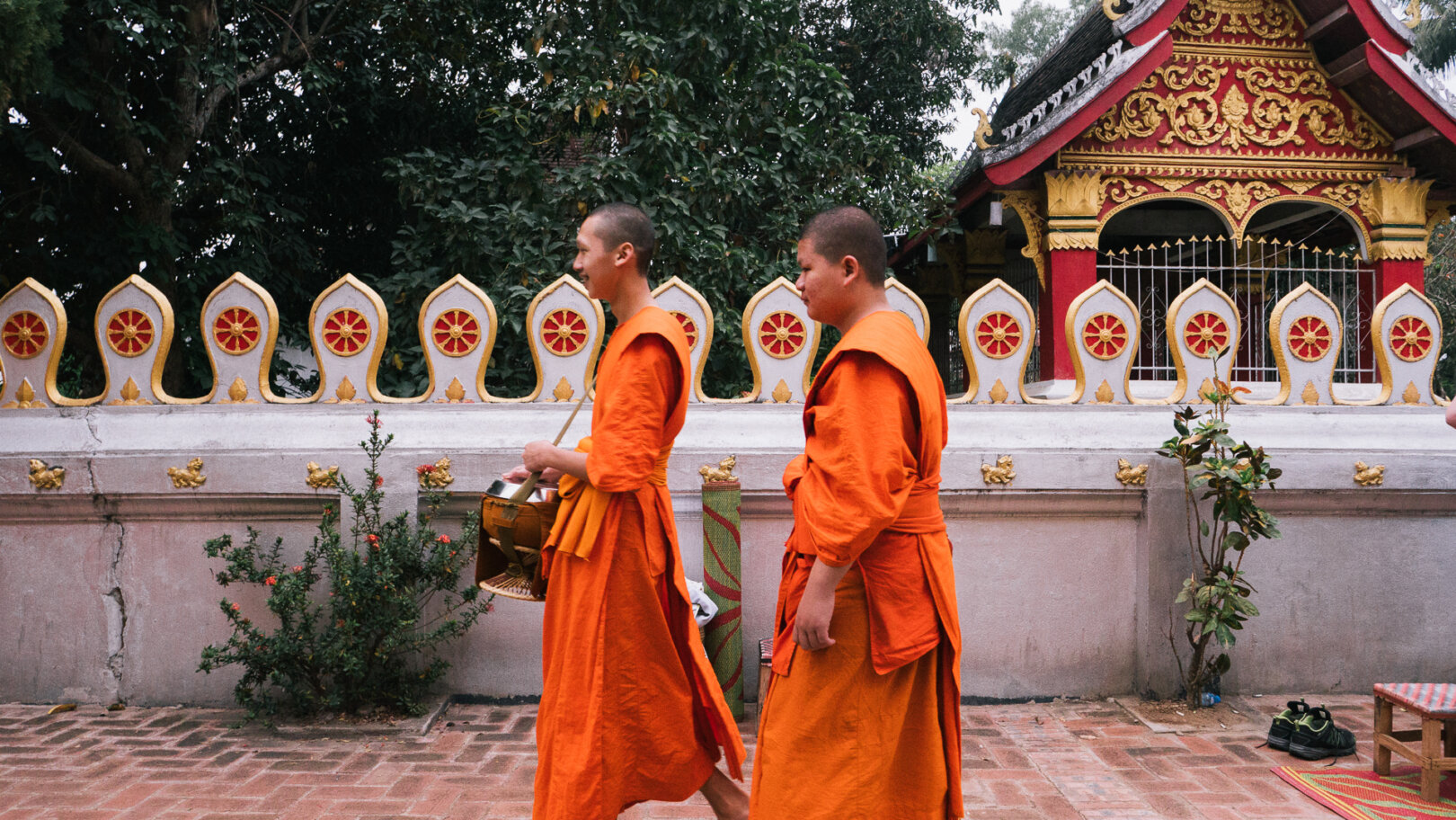
As a Buddhist country, it’s a slower pace of life in Laos
Yet there was a good side, too. I learned a lot of skills from the monks I lived with, including many who, like me, were novices from the countryside. Being a Buddhist monk is about living a simple life and developing a deep respect for values, such as patience, kindness, gentleness and compassion.
I think the fact that Laos is a mainly Buddhist country explains why we are quite laid-back as a nation. There’s more space and fewer mass industries, by comparison.
Instead, families tend to live self-sufficiently off the land, fishing from the river, raising chickens or selling water buffalo in exchange for clothes or medicine. It’s a slower pace of life and people are in less of a rush than elsewhere in the world.
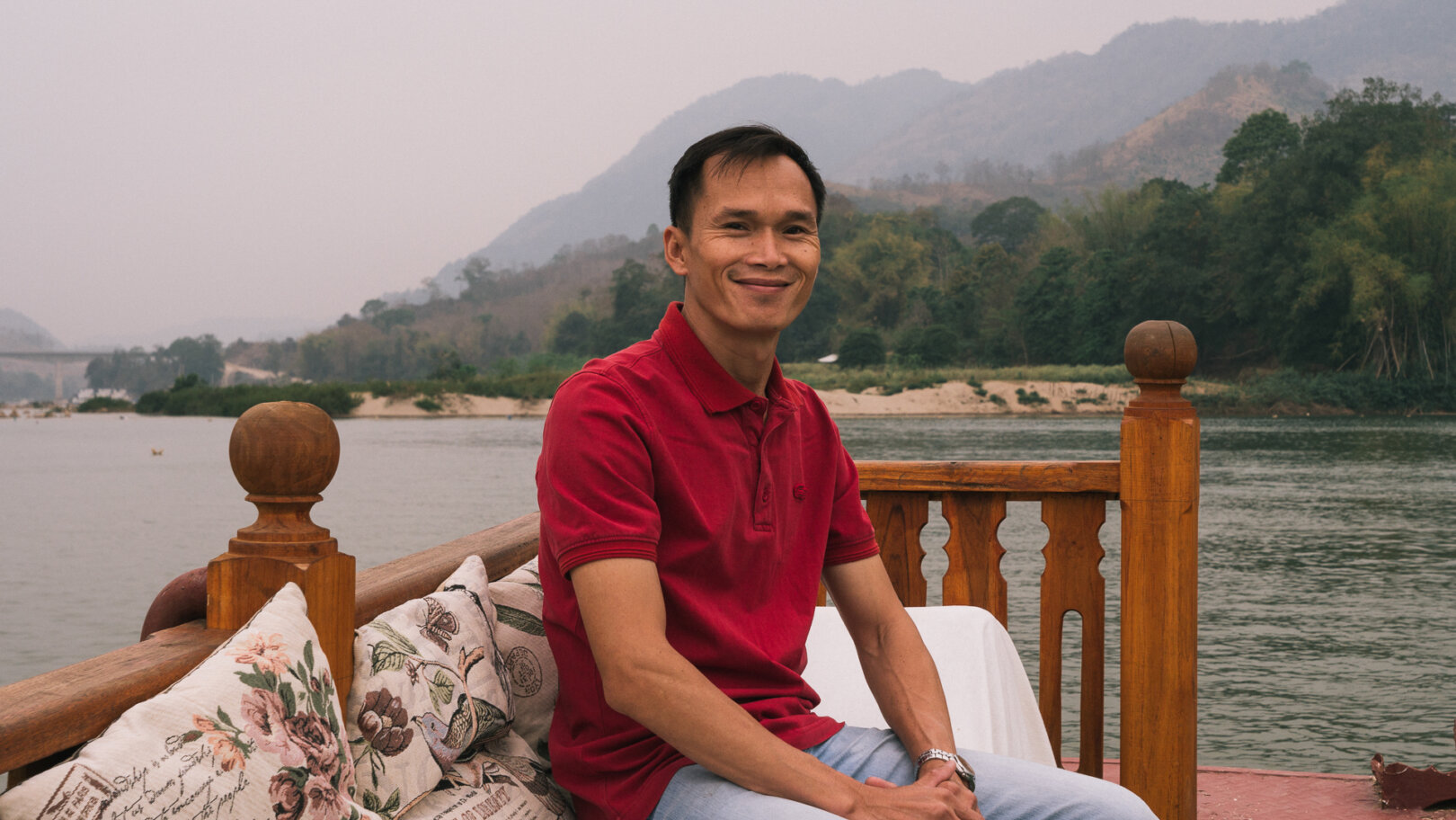
We reach Luang Prabang by boat along the Mekong
At 18, I decided to leave the monastic way of life because it started to limit what I could and couldn’t do. I still live in Luang Prabang, though. In my role as Pack Leader for Flash Pack, I love to introduce visitors to my beautiful riverside city, often thought of as the cultural heartland of Laos.
Luang Prabang is a lovely place to walk around. A Unesco World Heritage site, it’s filled with dozens of gilded temples, some of which date back to the 14th century, as well as French-era architecture and peaceful tree-lined streets.
On Flash Pack’s adventure to Thailand and Laos, we travel to Luang Prabang on a two-day boat trip along the Mekong River, crossing the border from Thailand to Laos. It’s the perfect introduction to my tranquil country. We put-put slowly downstream through a remote jungle landscape, passing the odd small village, fishermen seeking their daily catch or families panning for gold down by the riverbed.
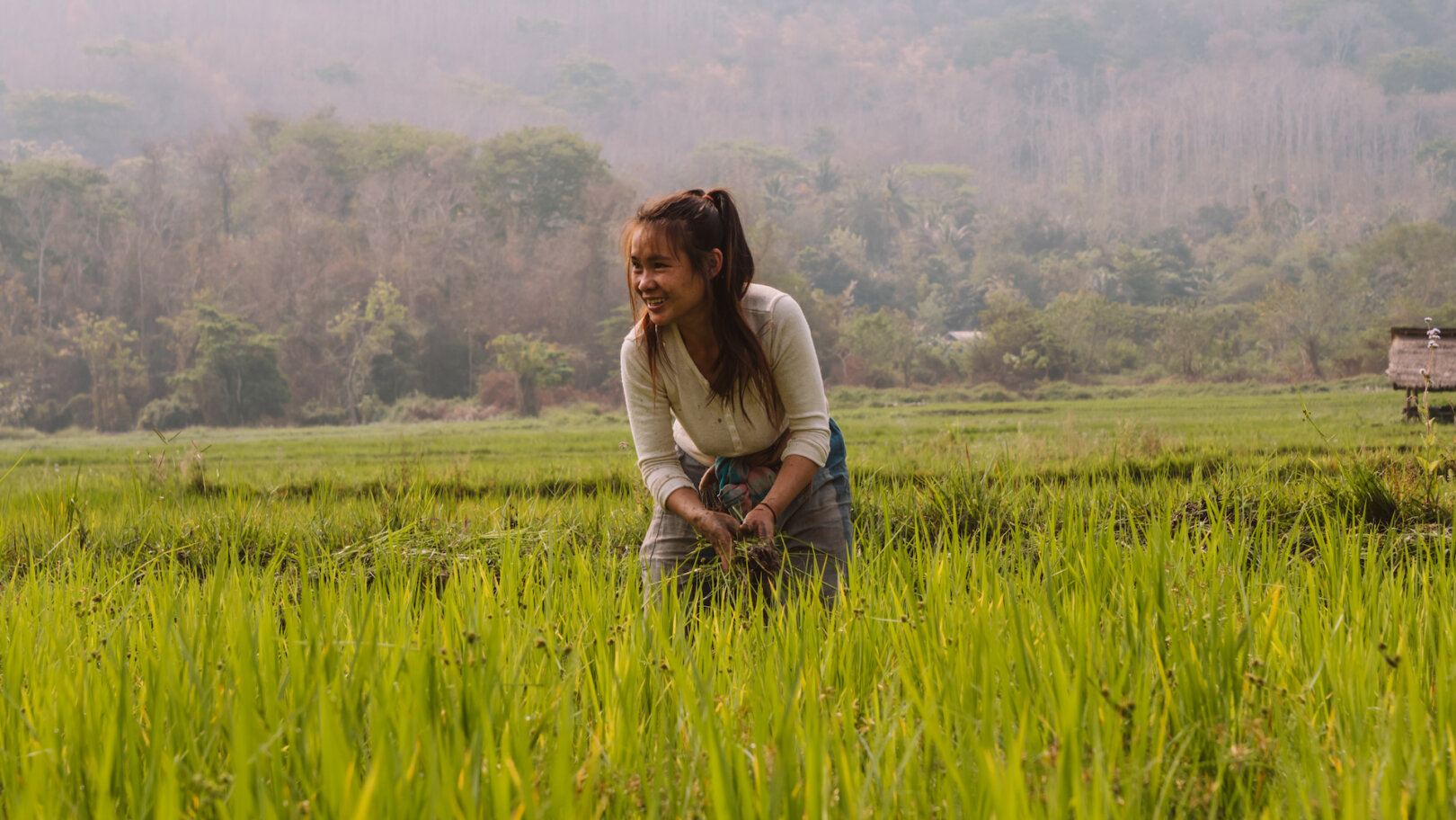
During the wet season, flowers bloom in Luang Prabang’s mountains
On the second day, we’ll stop at Pak Ou, a series of sacred limestone caves filled with thousands of shrines and images of Buddha. In the 16th century, the then-king of Laos ordered people to stop making animal sacrifices at the site and set up a stupa there instead. This started a rich legacy of Buddha offerings that continues to this day.
During this time, we also have an opportunity to try some authentic Laos food, including local favourites of sticky rice, coconut curry, larb moo (a spicy minced pork salad), Lao sausage and green papaya salad.
After a few days’ sailing, the boat arrives in Luang Prabang. Whatever time of year you visit he city, it’s always spectacular. During the wet season, flowers bloom in the surrounding mountains, and forests and valleys are bathed in vivid shades of green.
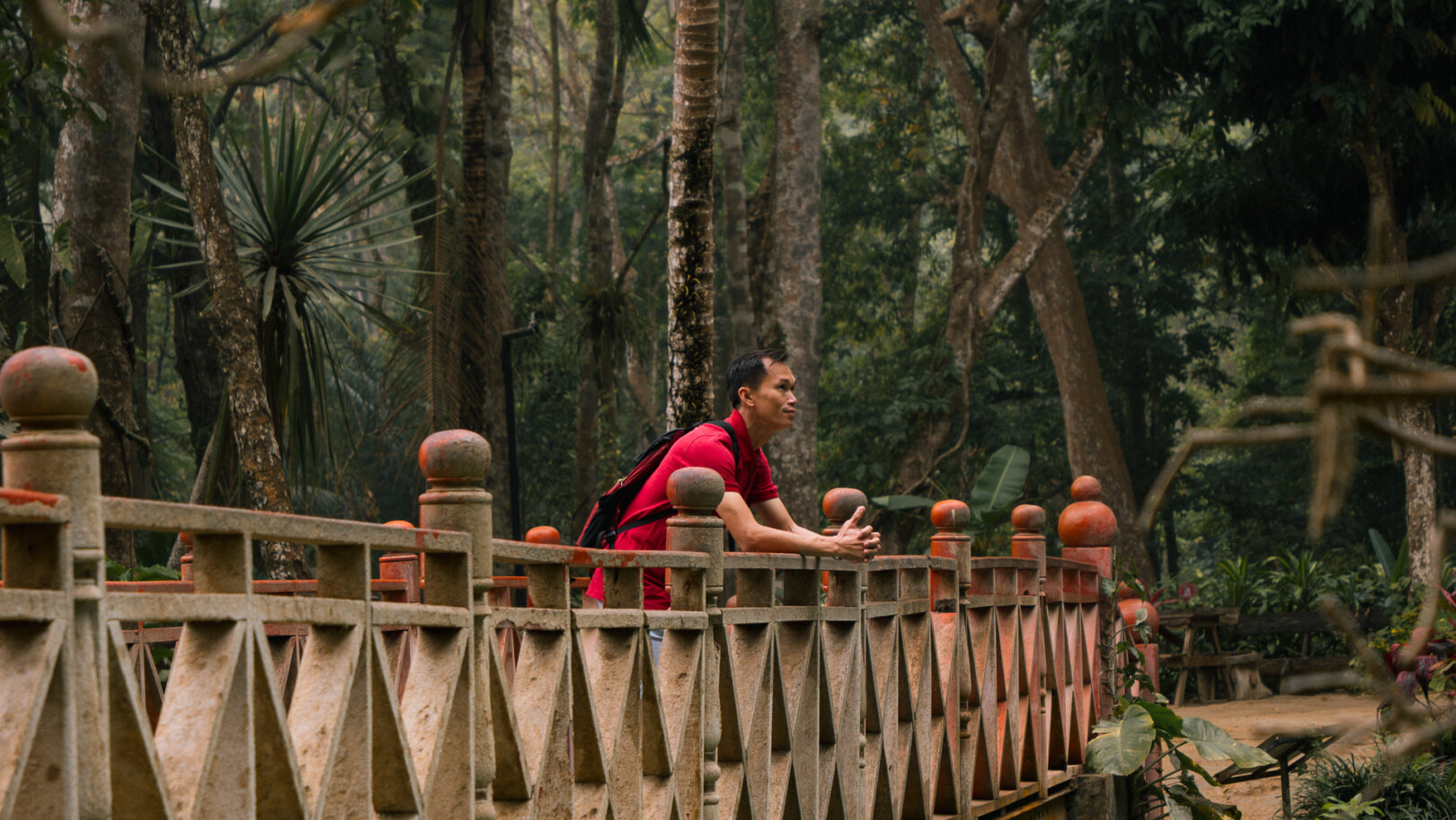
The countryside of Laos is great for immersing yourself in nature
Meanwhile, in the dry season, the river is very clear, creating perfect conditions to swim in the cascading pools of Kuang Si, our famous three-tiered waterfall, a half-hour drive from the city.
The countryside surrounding Luang Prabang is also great for hiking and immersing yourself in nature and wildlife. Kuang Si, for example, is home to the Bear Rescue Centre, which provides a sanctuary for orphaned cubs that are native to the region.
There’s also a number of elephant sanctuaries in the area. Since the 14th century, Laos has been known as “the Land of a Million Elephants” but the number of them in the wild has dwindled since. Conservationists estimate there are only around 400 left in Laos. However, the rehabilitation effort has gained momentum in recent years.
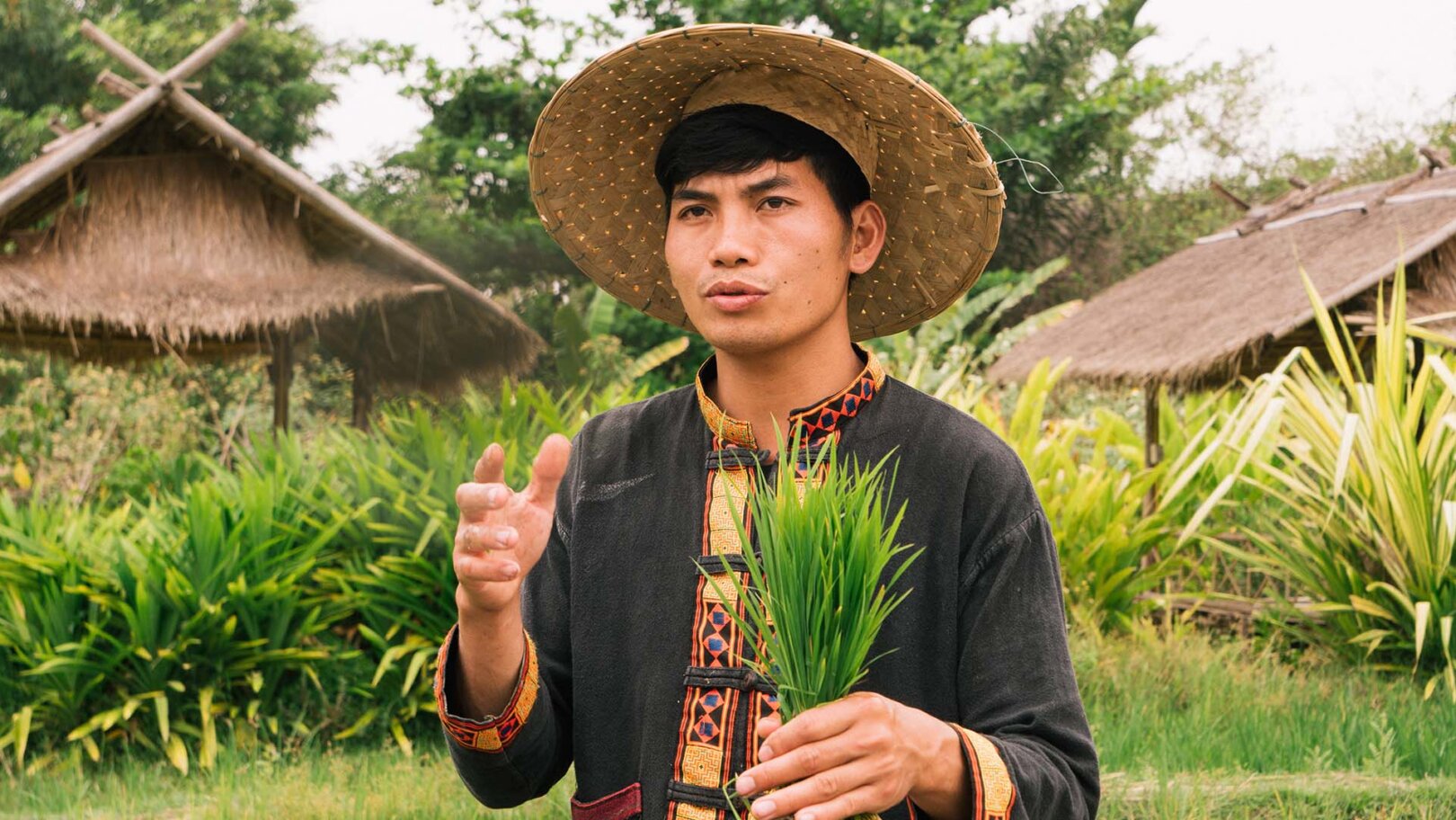
Small villages remain at the core of Laos society
The importance of elephants in Laotian culture is underscored by their appearance in religious ceremonies and parades. In Luang Prabang alone, festivities cover everything from Lao New Year celebrations to the annual boat racing festival in a calendar packed with music, dance, processions and more.
Small villages remain at the core of Laos society, which is why cycling is one of the best ways to see the country. Since 2014, I’ve specialised in adventure bike tours in Laos, enabling guests to meet real local people, share food and understand more about the Laotian way of life.
Flash Pack focuses on these kinds of local, genuine adventures, so I feel happy have this job. I get to talk to people from all over the world. It’s a pleasure and privilege.
Choy Oundidsack is a former monk turned Pack Leader for Flash Pack’s adventure in Thailand and Laos.
Got a story or adventure that could inspire a solo traveller like you? Tag @flashpack on social or email [email protected] to be featured.
Images: Tony Nguyen x Flash Pack
